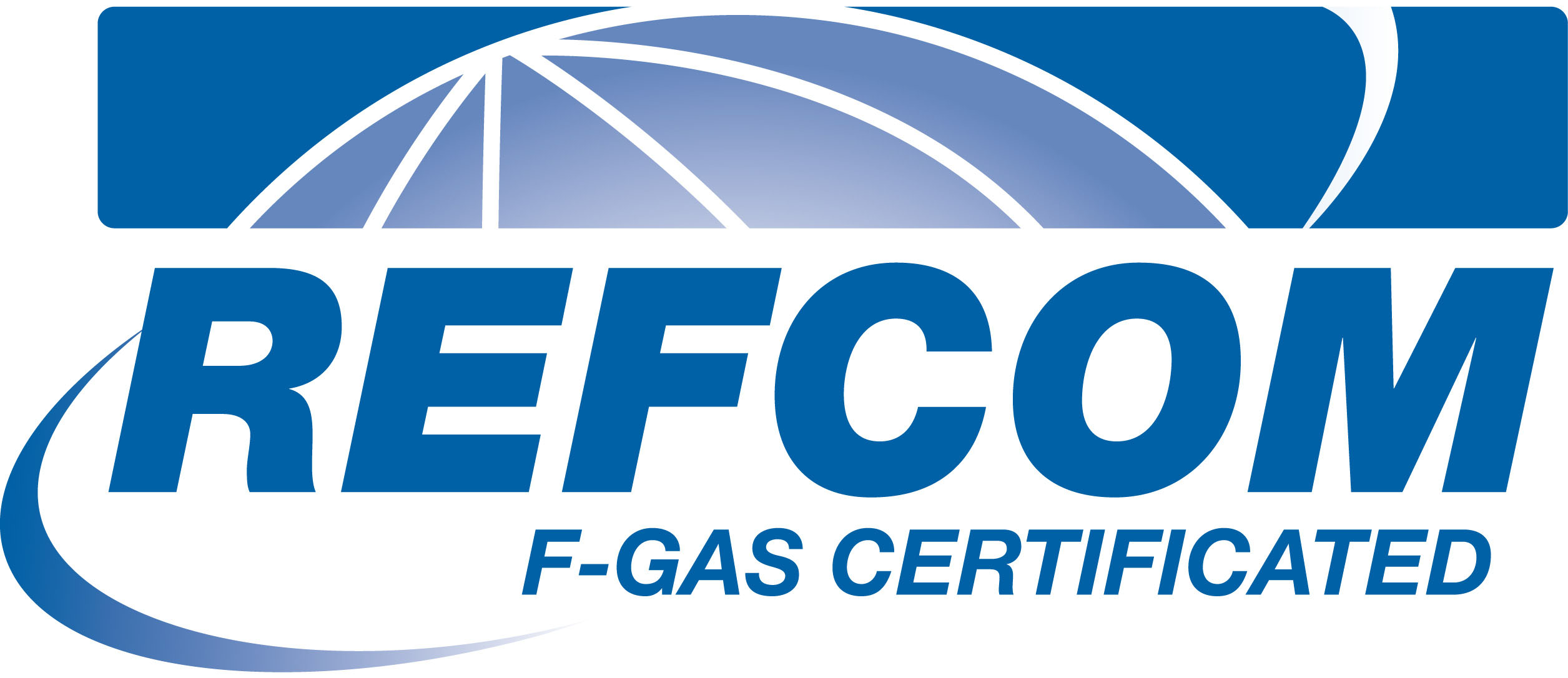
Midlands Cooling Services Ltd
Specialists
in Air Conditioning,
Refrigeration
& Ventillation Hygiene

Midlands Cooling Services Ltd
Specialists
in Air Conditioning,
Refrigeration
& Ventillation Hygiene
NEWS
F-GAS Regulation
Is your air conditioning equipment compliant?
The new F-Gas regulations became law on 4th July 2006 with the majority of measures having already taken effect from 4th July 2007.
The main objective of this regulation is to contain, prevent and thereby reduce emissions of the fluorinated greenhouse gases covered by the Kyoto protocol. The regulation addresses containment, use, recover, destruction, reporting, labelling, training and certification on the market prohibitions for the fluorinated gases.
Operators of stationary refrigeration, air conditioning and heat pump equipment shall use all measures which are technically feasible and do not entail disproportionate cost to prevent leakage of HFCs and as soon as possible repair any detected leakage.
An operator is defined as the natural or
legal person exercising actual power over the technical functioning
of the systems covered by this regulation. A member state may in
specific situations designate the owner as being responsible for
the operator's obligations.
These operators shall ensure systems are checked for leakage by
certified personnel, as defined by the training and certification
requirement.
Operators of equipment with more than 3KG will need to maintain records on the quantity and type of HFC installed. Any quantities added or recovered during maintenance, servicing and disposal will need to be recorded along with leak checks and any actions taken.
R22 Replacement
R22 – A hydro fluorocarbon (HCFC). R22 is a member of a class of compounds which have been linked to ozone depletion in the earth’s upper atmosphere. As a result, HCFCs ceased being used in new air conditioning equipment in the UK in 2003, in favour of non-ozone-depleting alternatives such as R410a and R407c. As from 1 January 2010, the use of virgin R22 and other HCFCs in the repair and maintenance of air conditioning and other refrigeration equipment was banned.
To complicate matters further, the regulations also outlaw the stockpiling of virgin R22 for use after the deadline, so any R22 left unused at the end of 2009 should have been returned for destruction at the owner’s expense.
New legislation is already in force for the removal and replacement of this low temperature refrigerant. A ban on the production of the refrigerant came into effect from the 1st January 2010. R22 refrigerant was widely used throughout in new air conditioning and industrial refrigerant plants and these changes in legislation affect any company that has a high requirement for R22 refrigeration; over 65% of the UK’s systems are assumed to still be running on R22. The refrigerant is still available in a reclaimed format until December 2014 however, demand is high due to the recent phase out and prices are expected if not already rising to extreme levels.
For further information please contact Midlands Cooling
Services.



Copyright © 2014 Midlands Cooling Services Ltd. All Rights Reserved |
7 Parsonwood Paddock, Whitwick, Leicestershire LE67 5EN | Tel: 01530 480181


